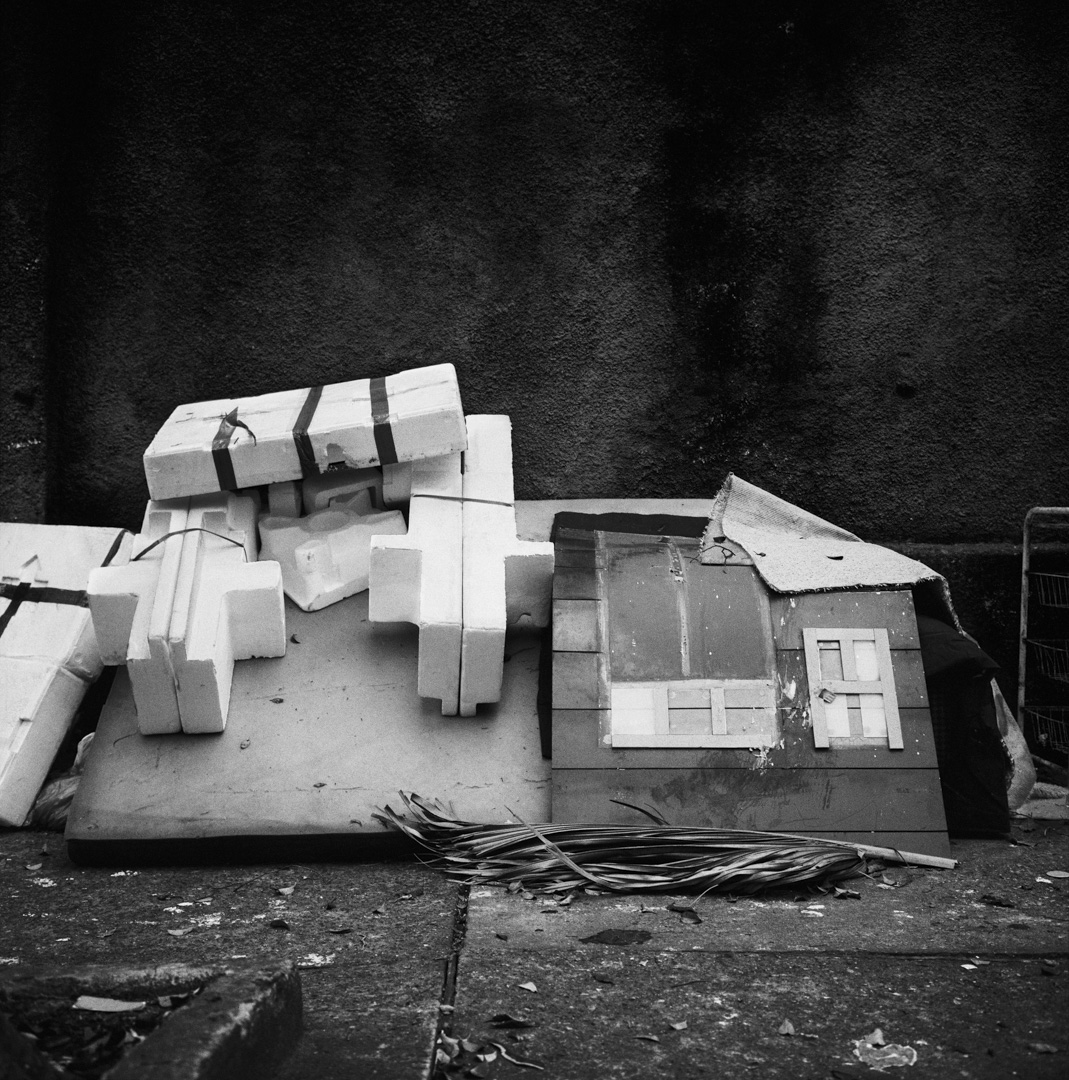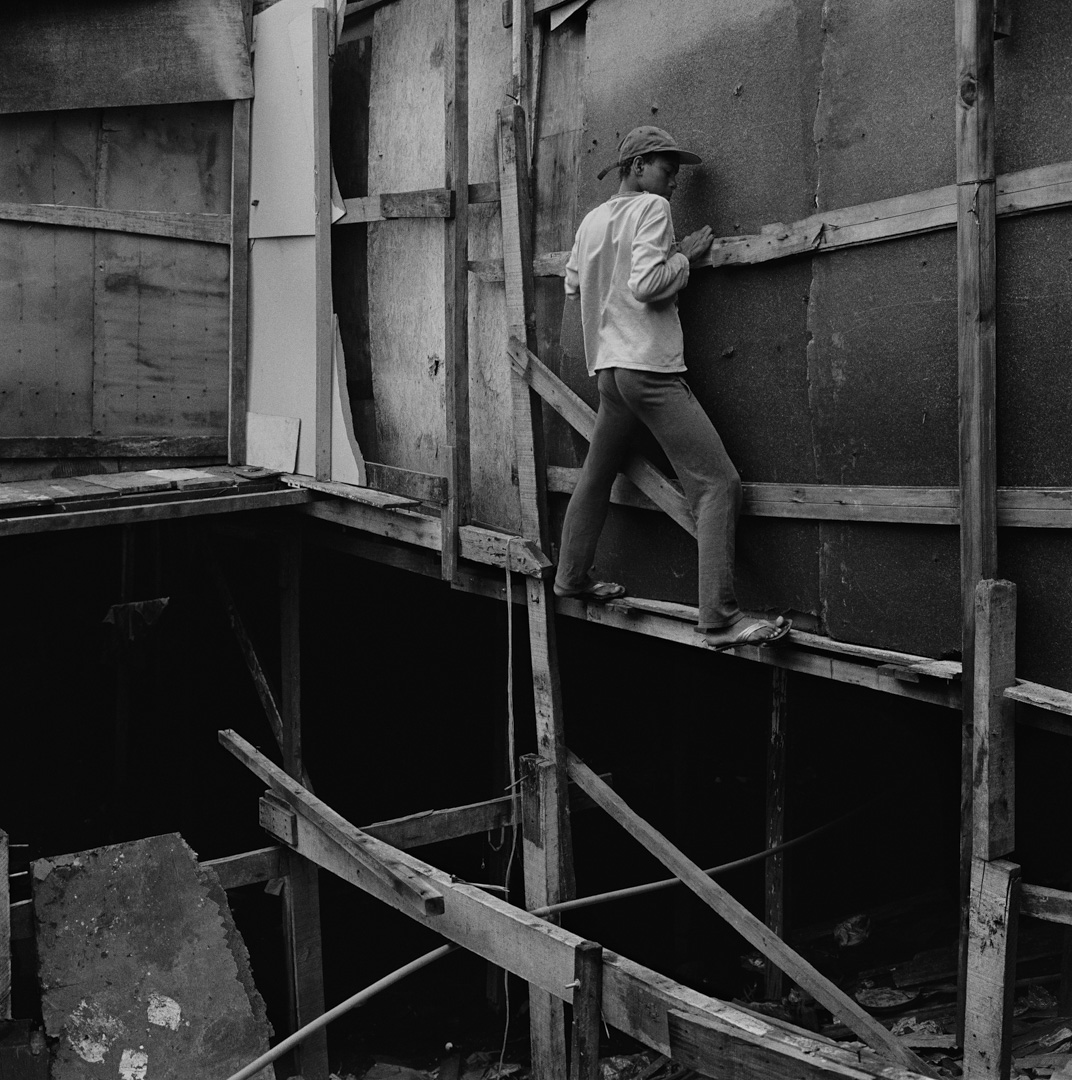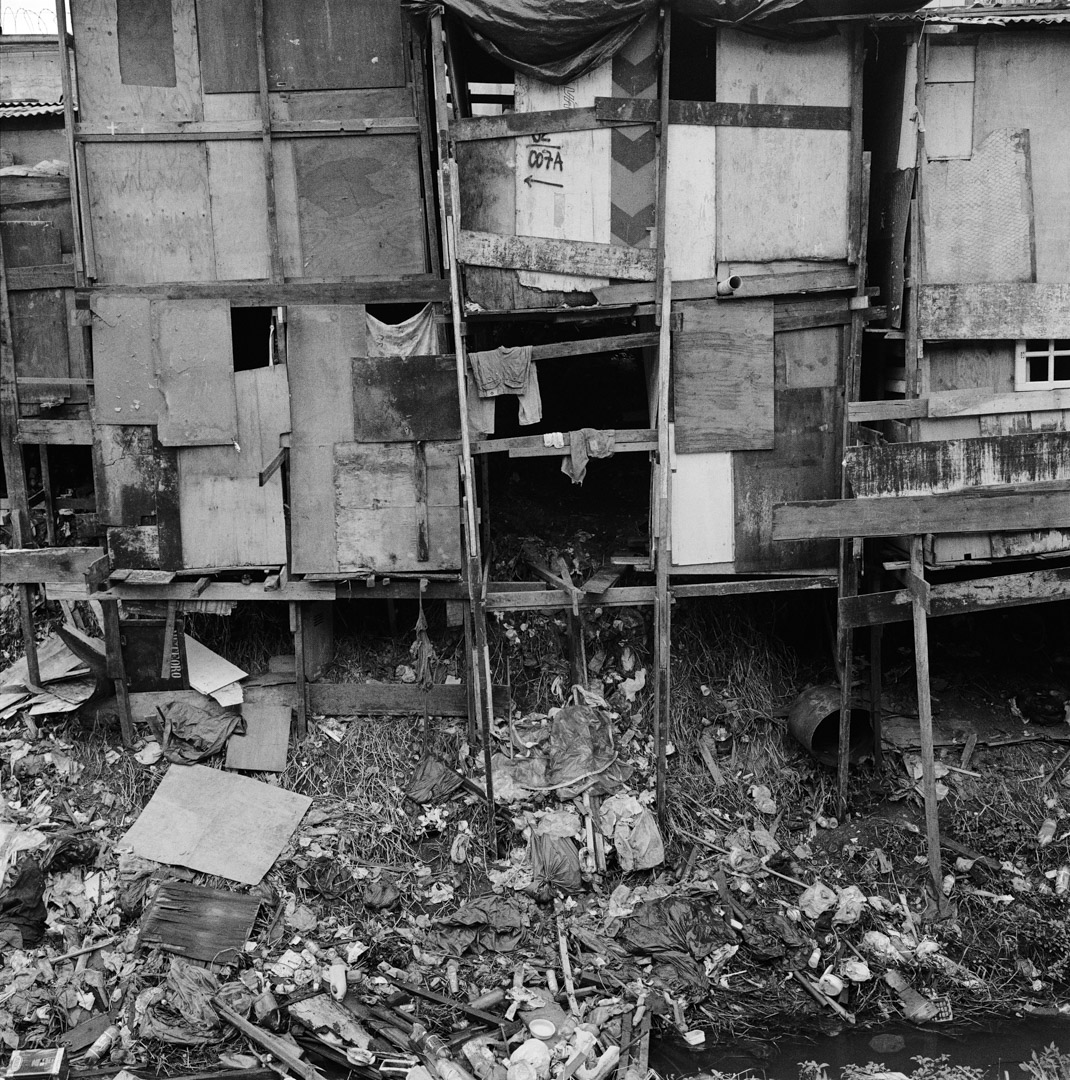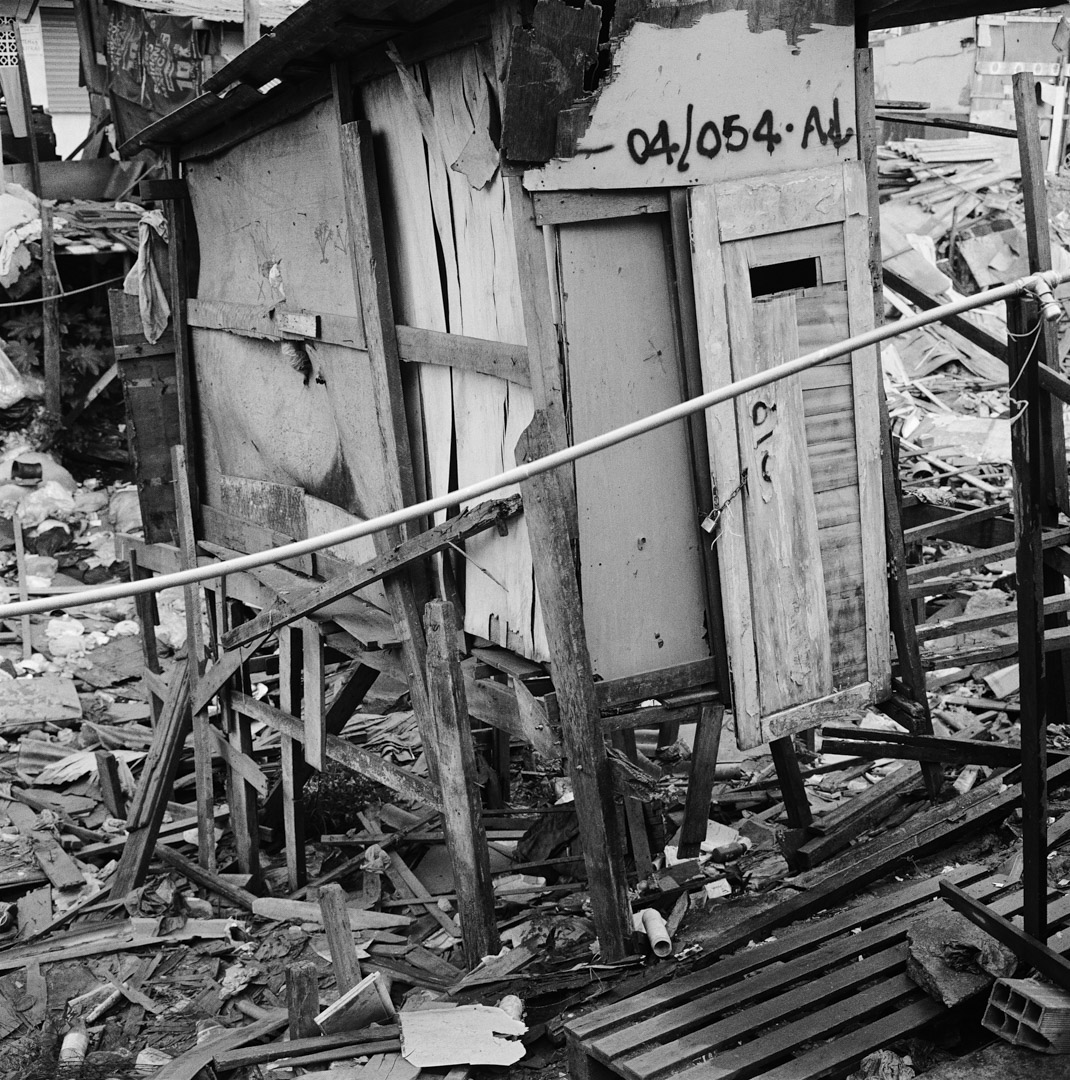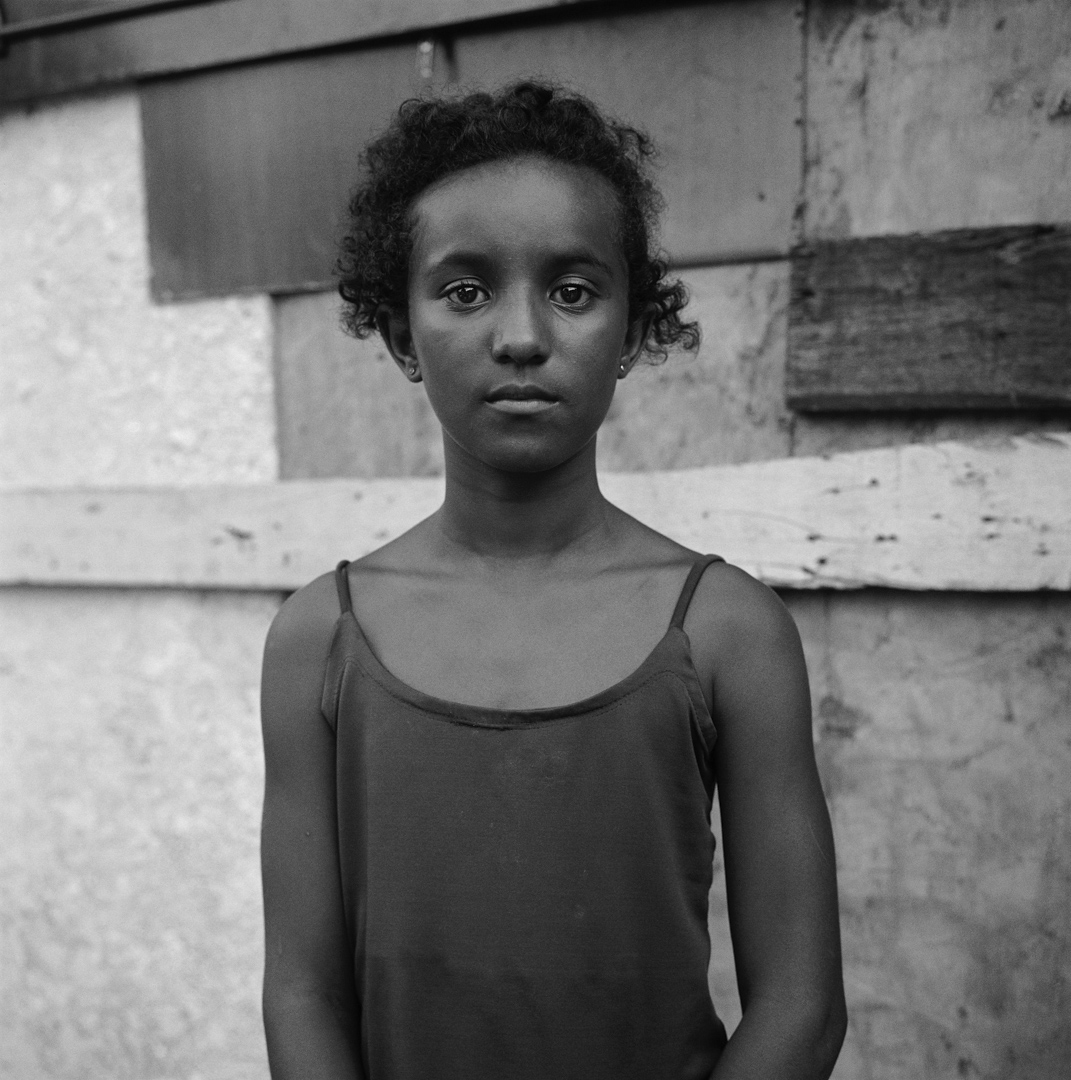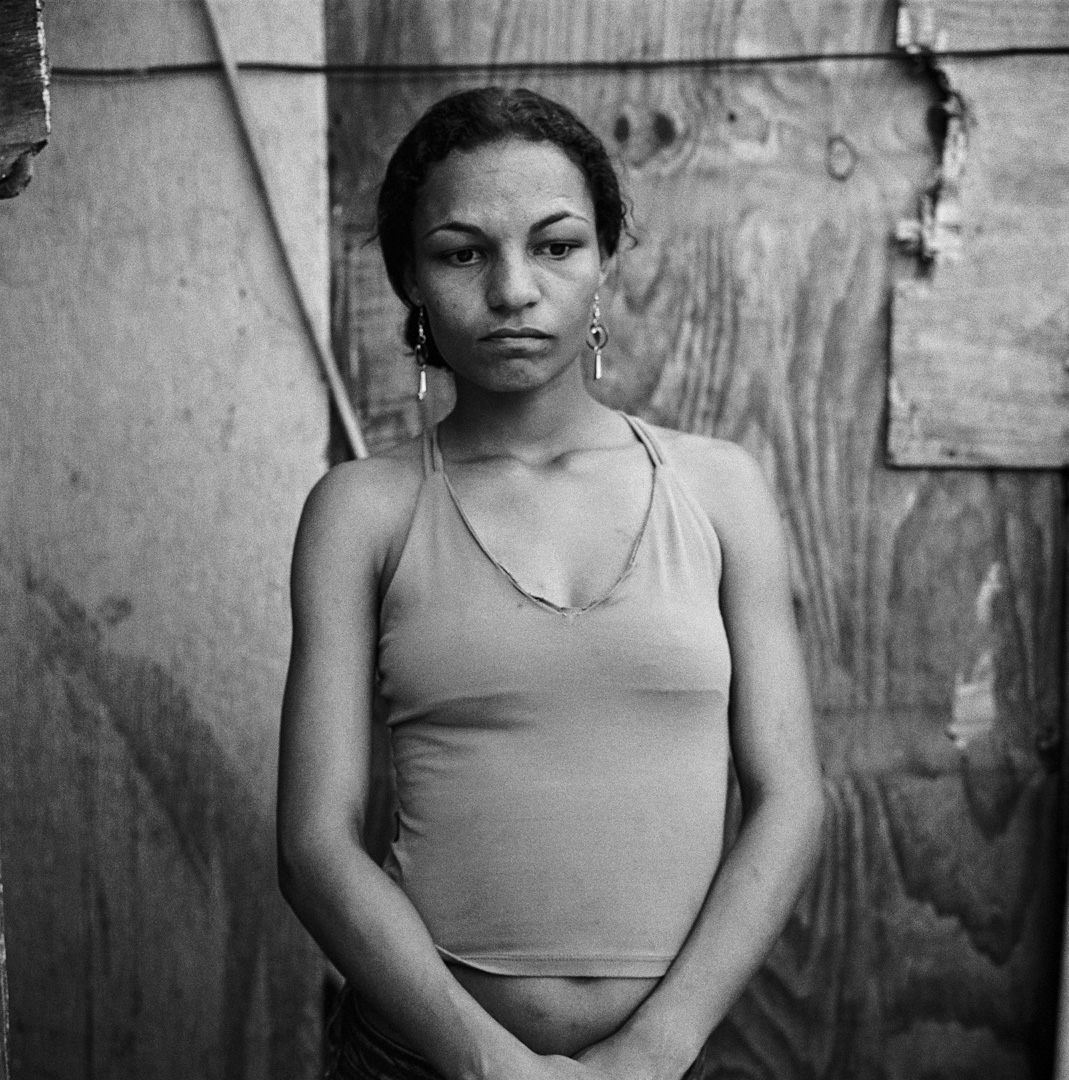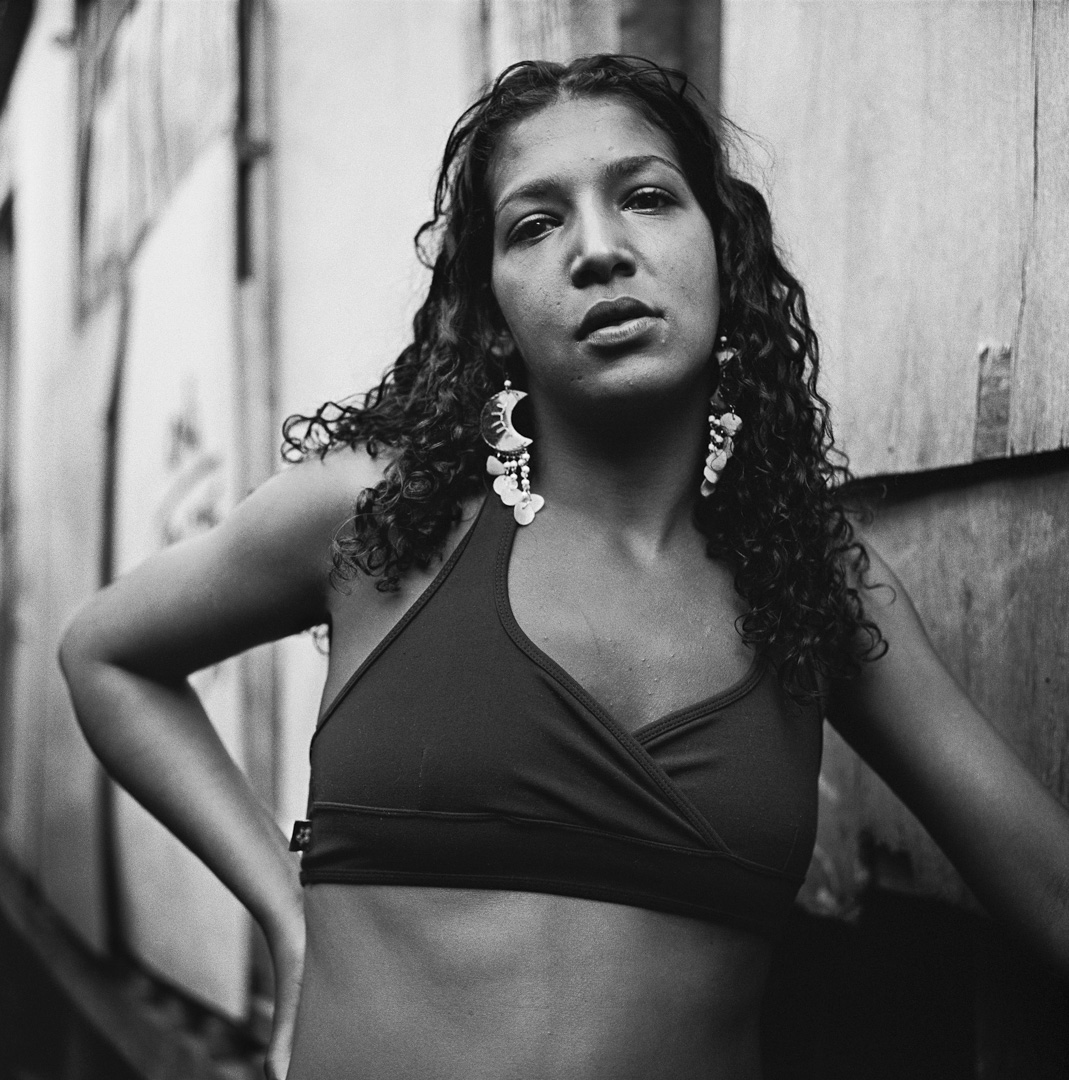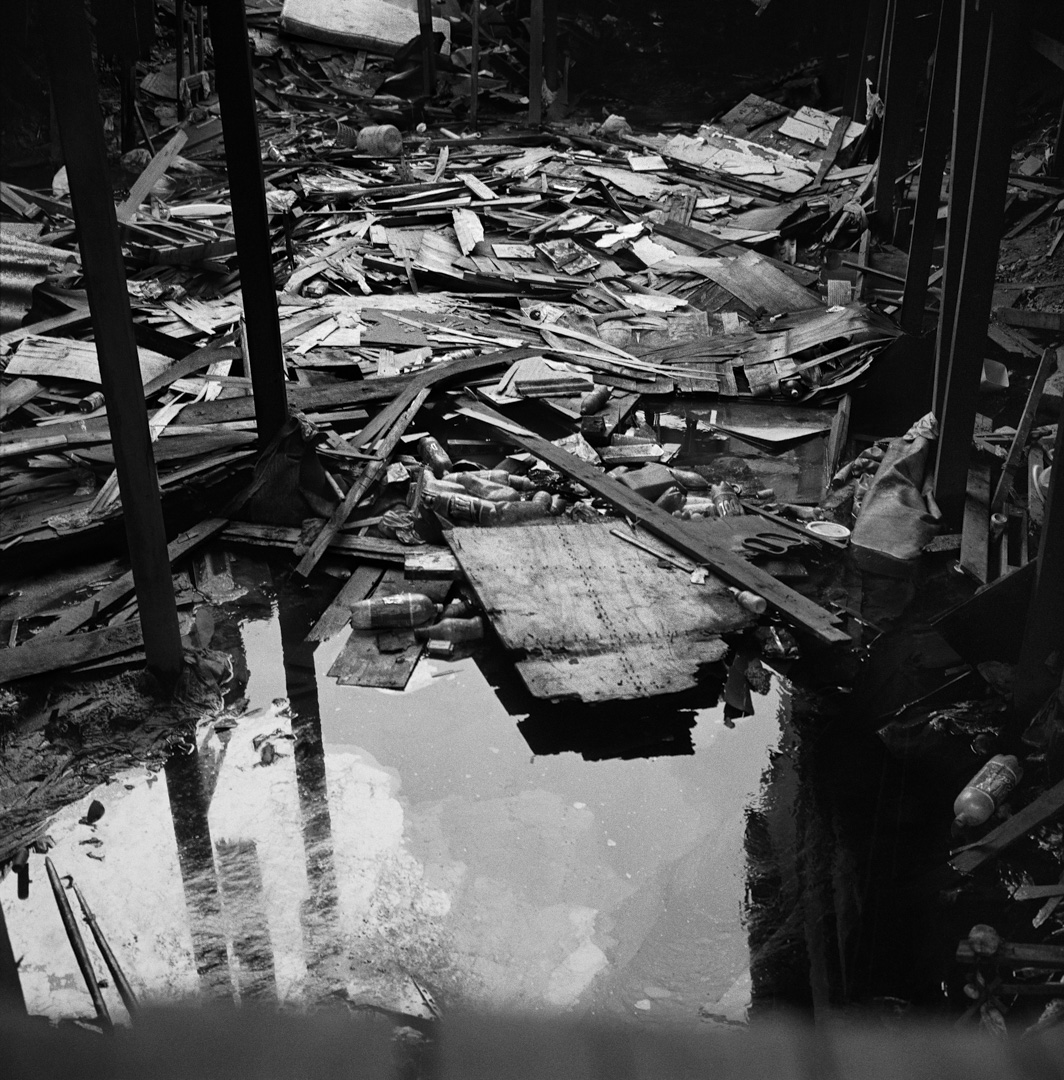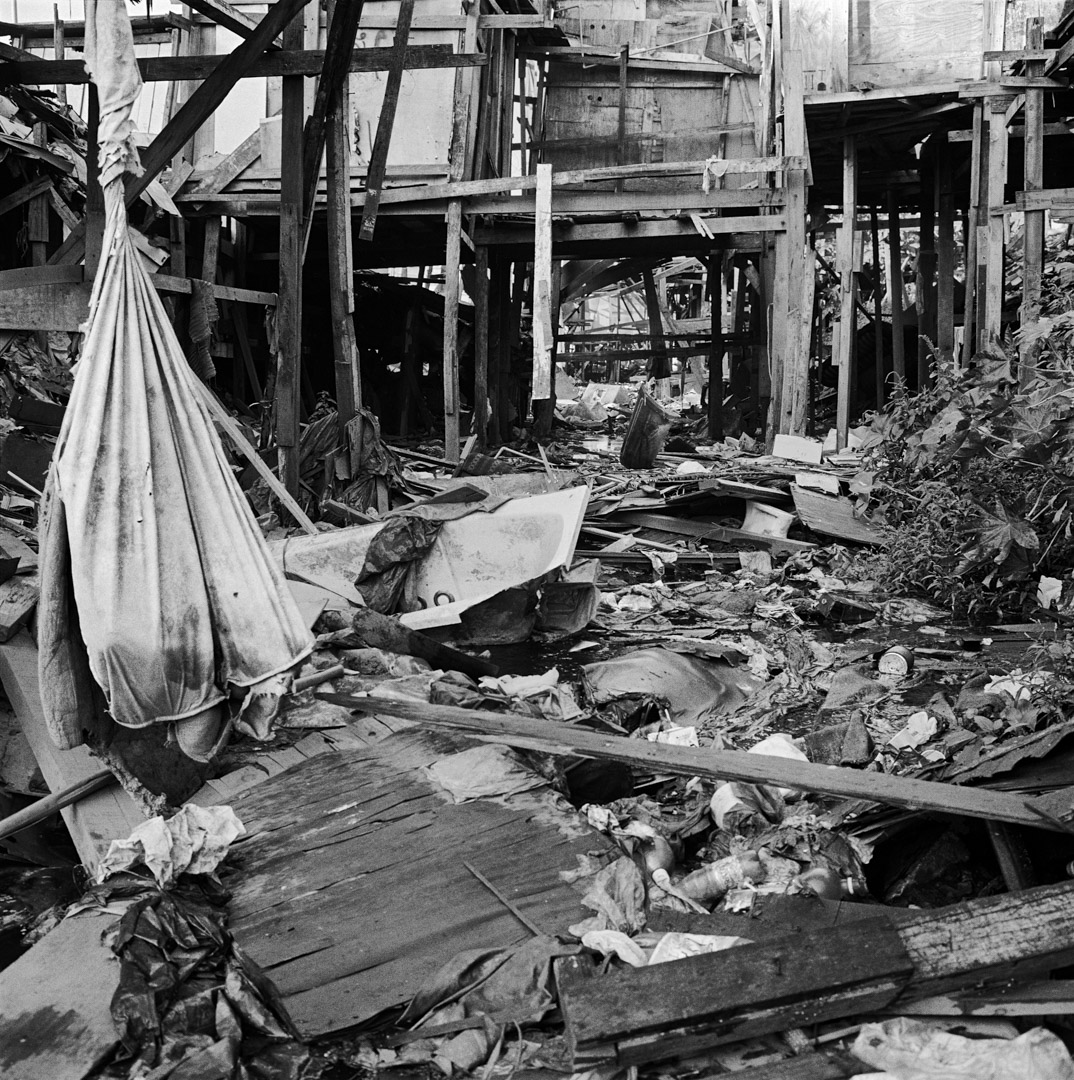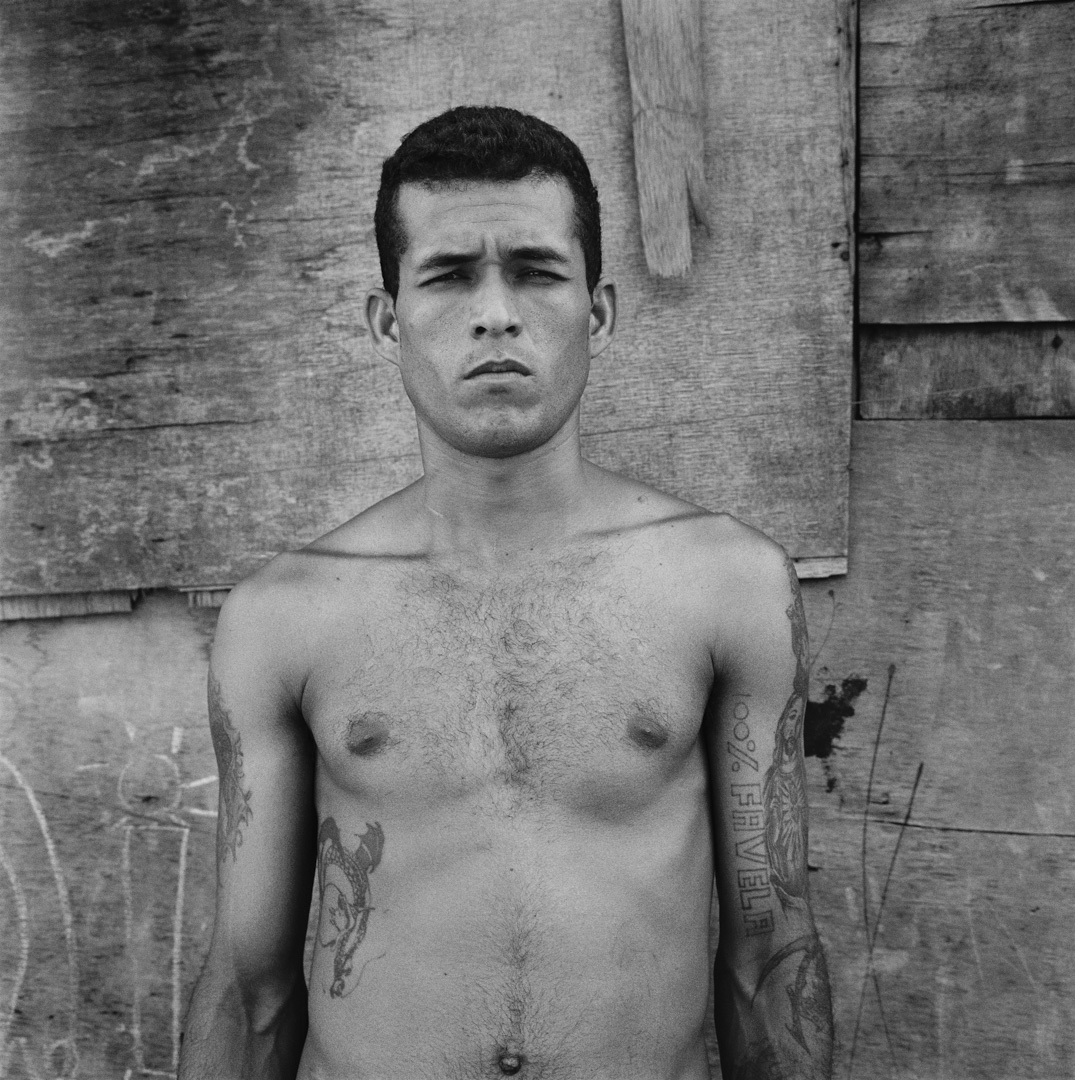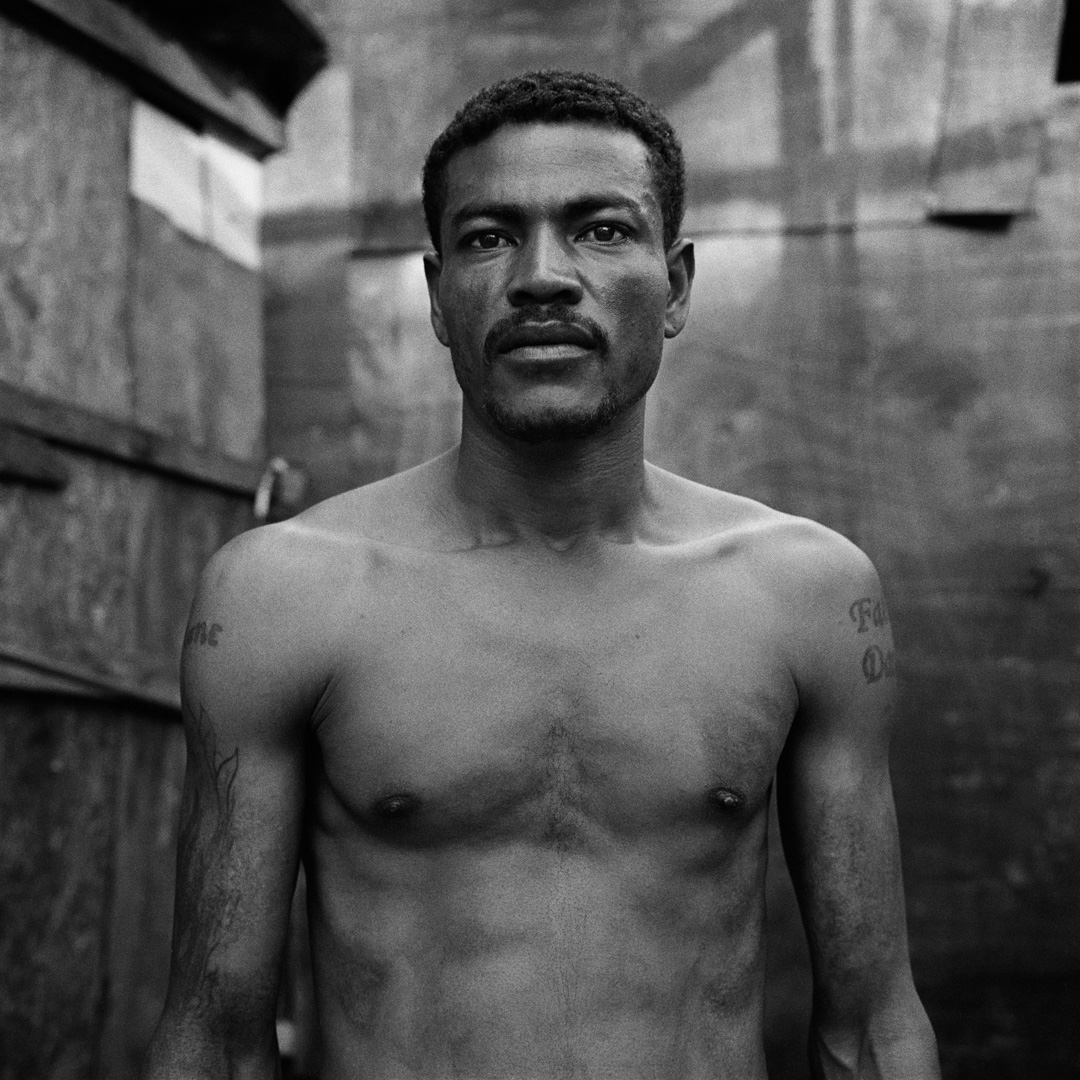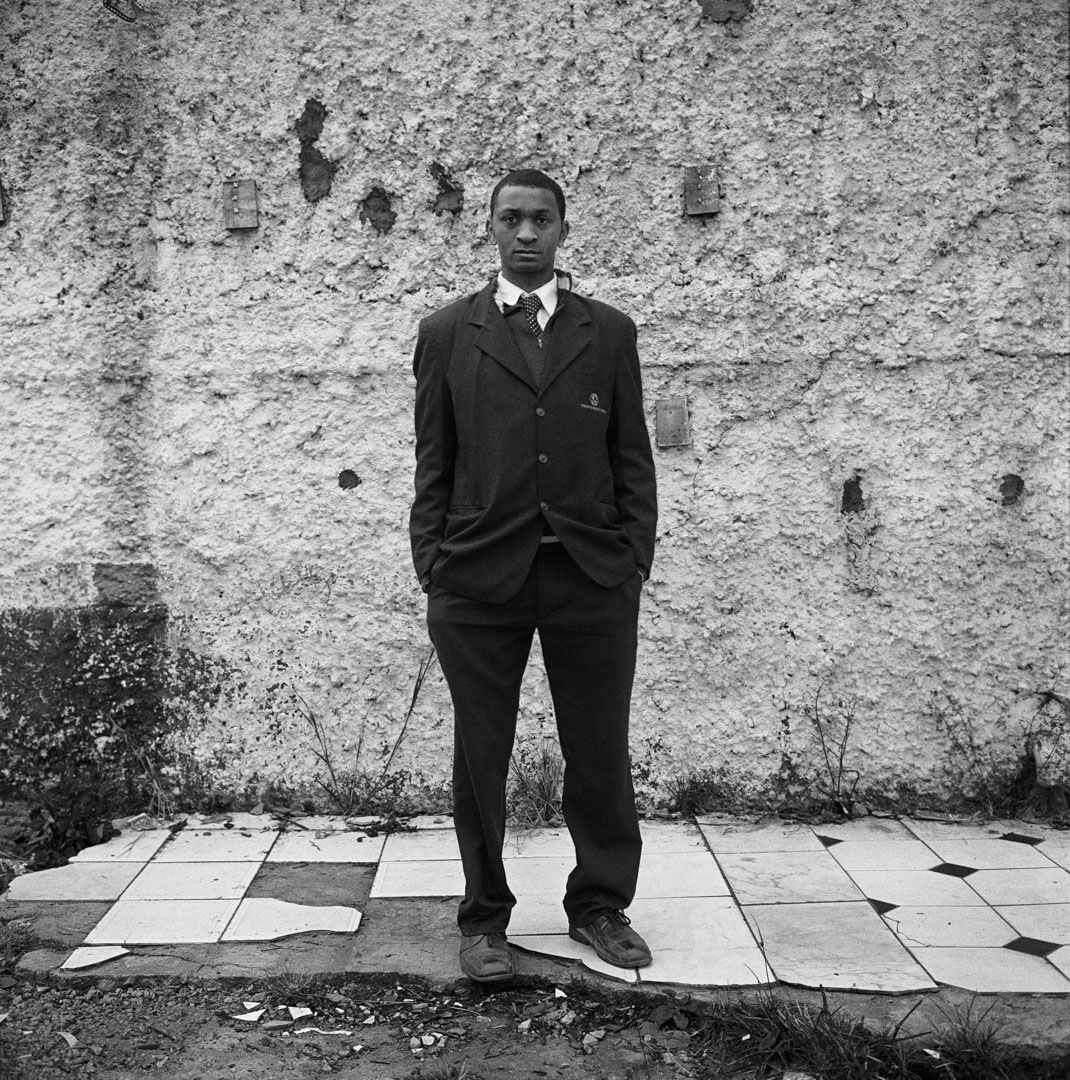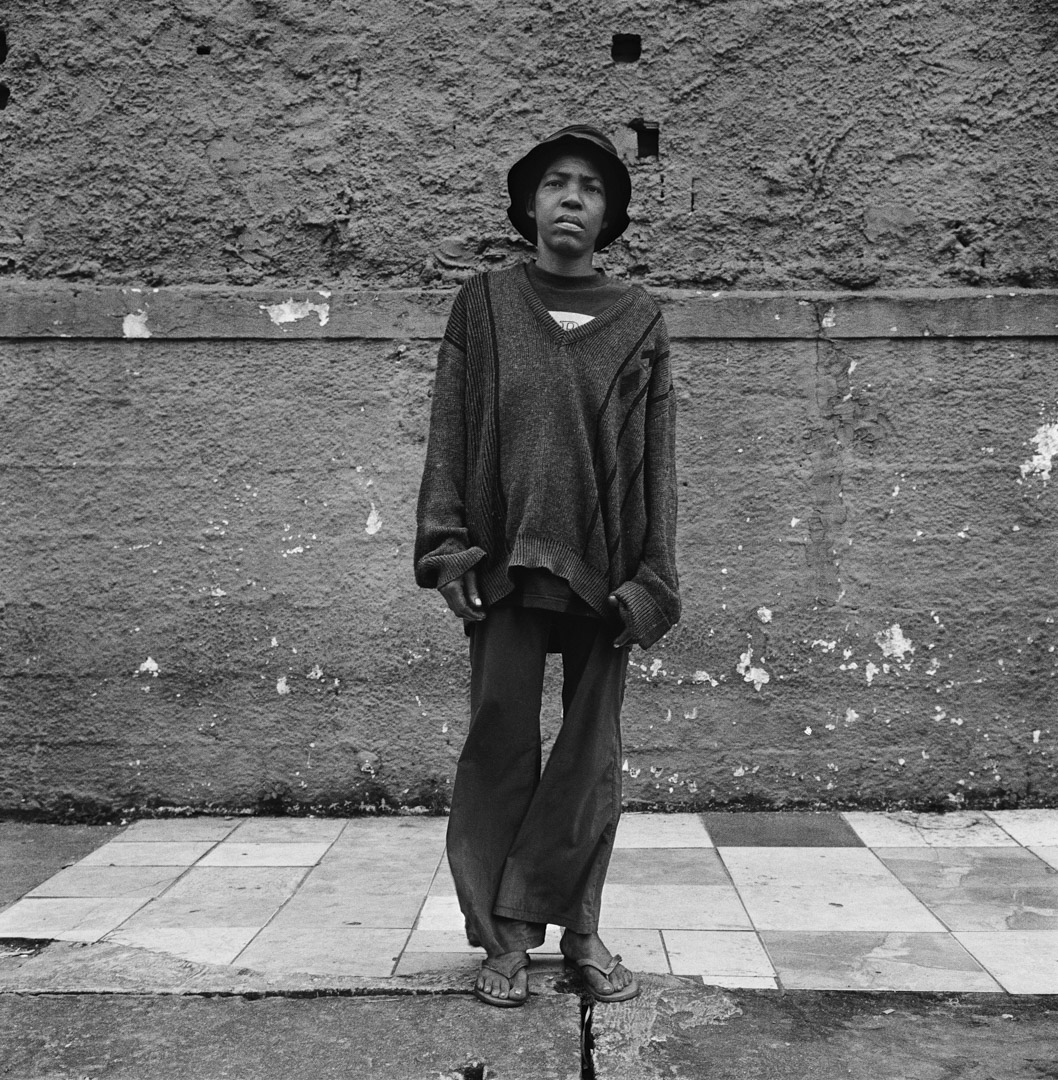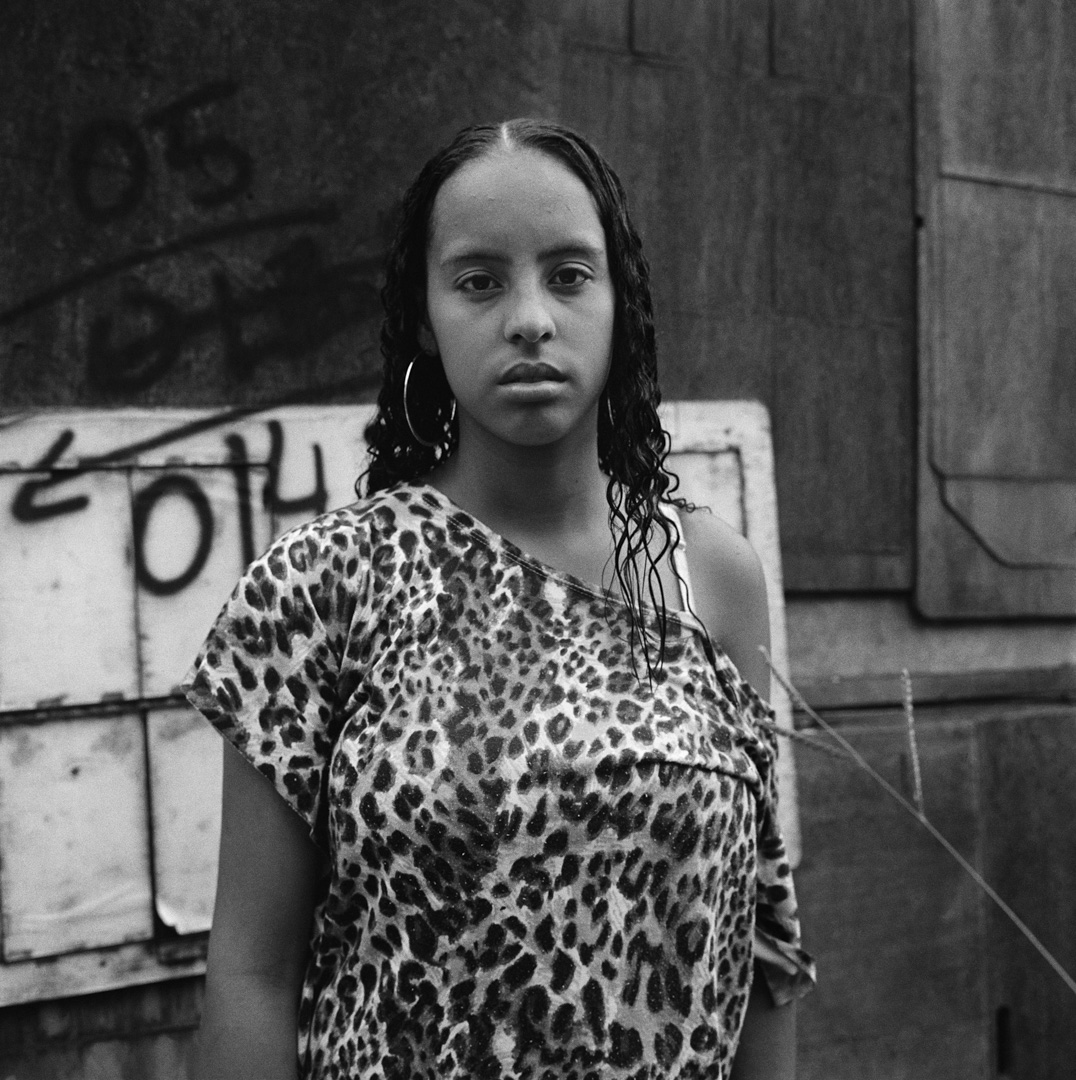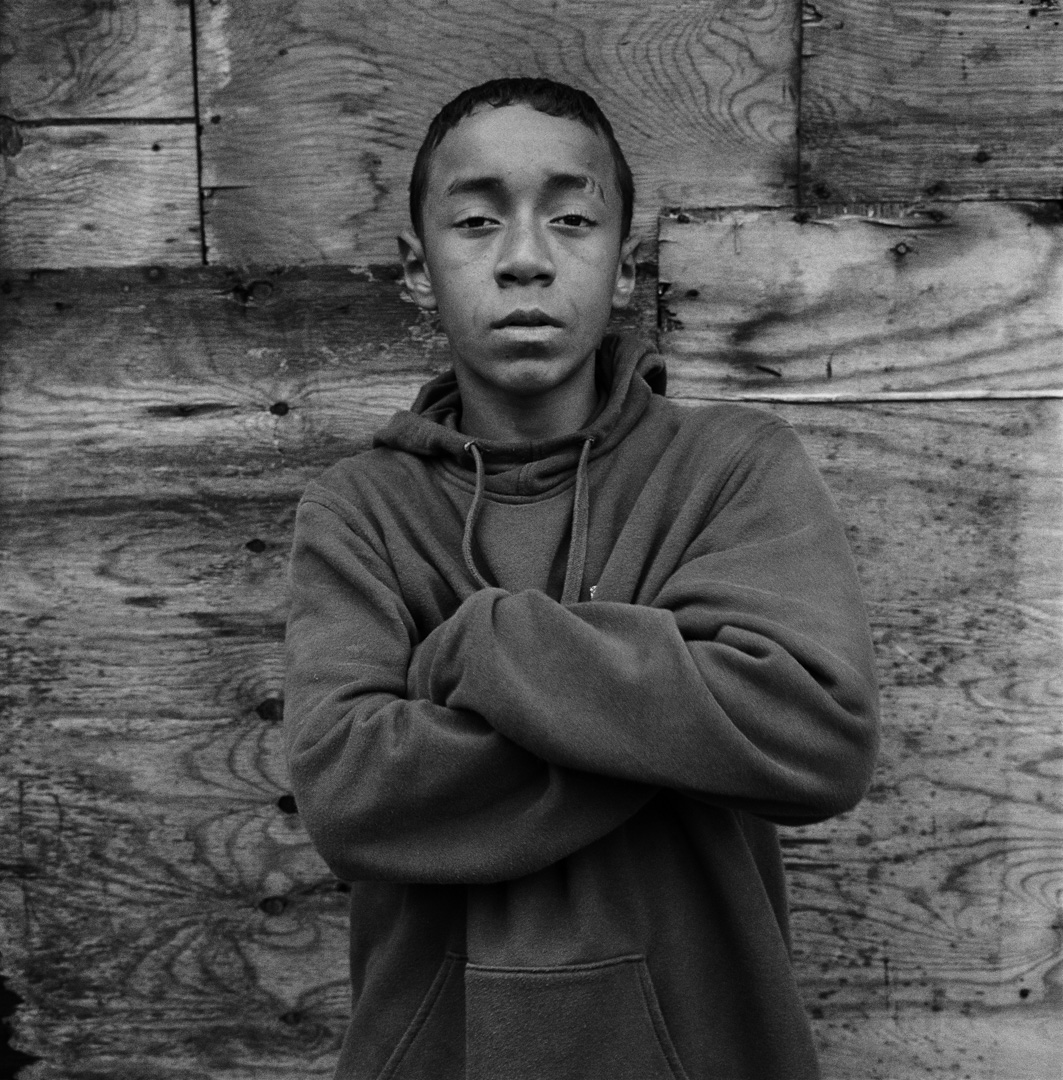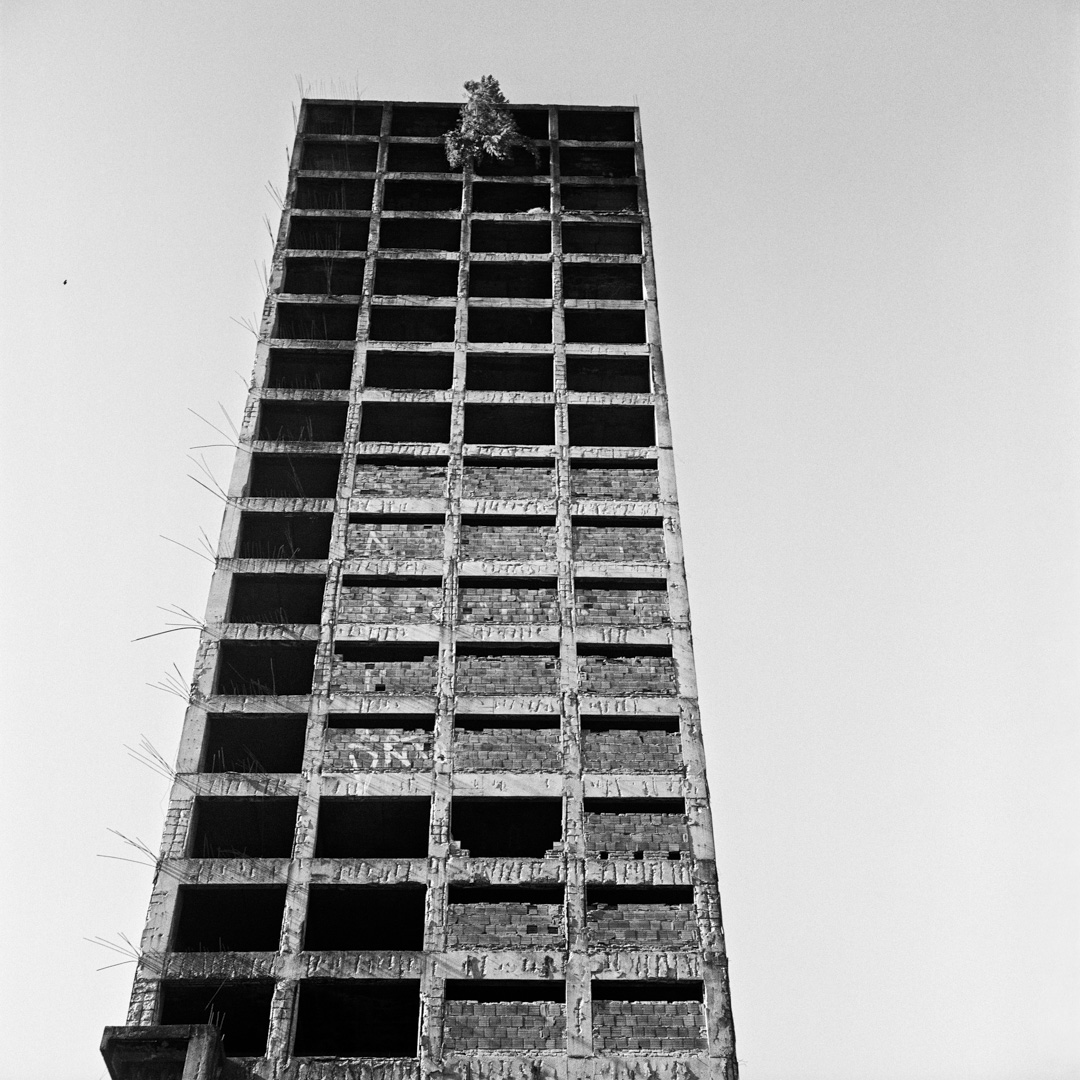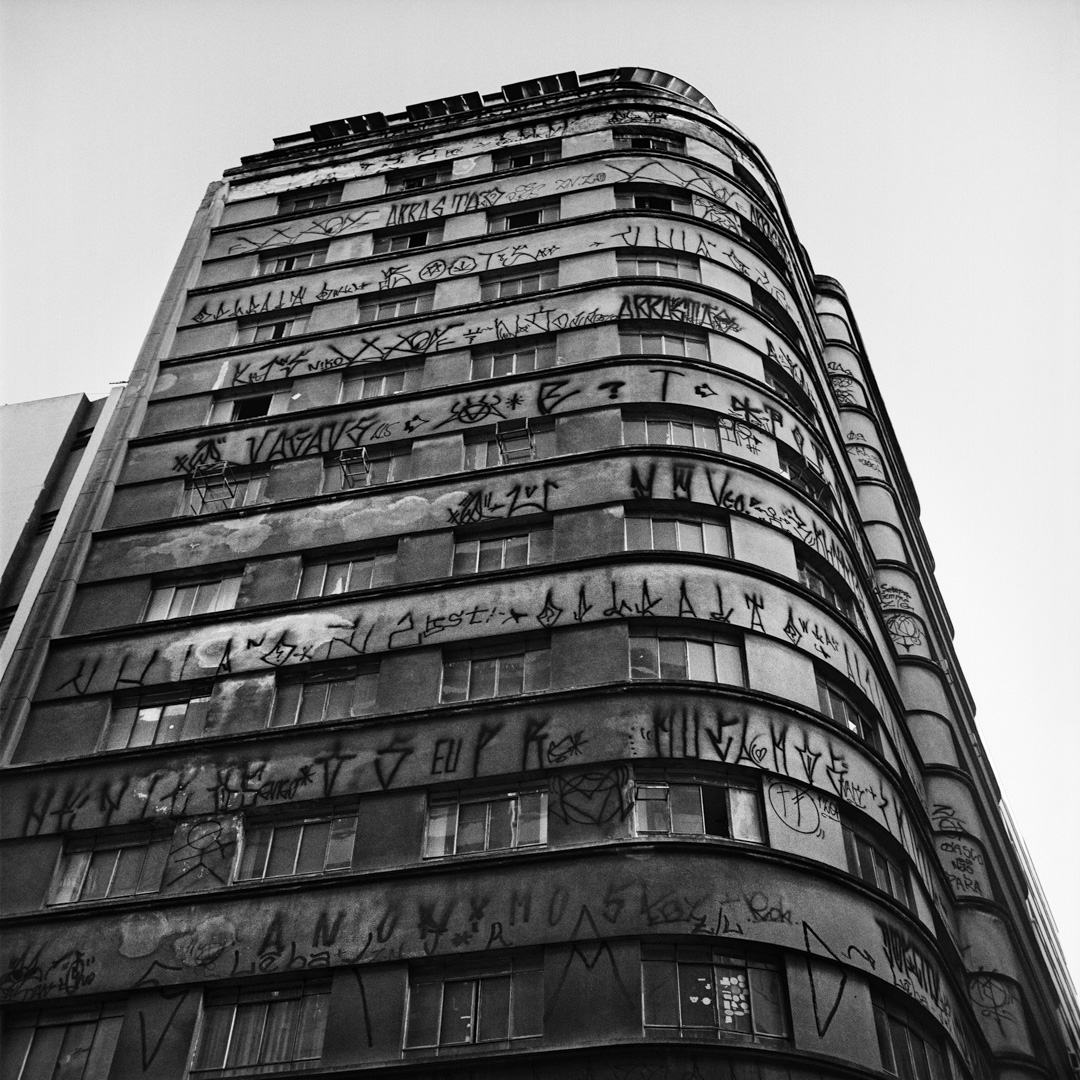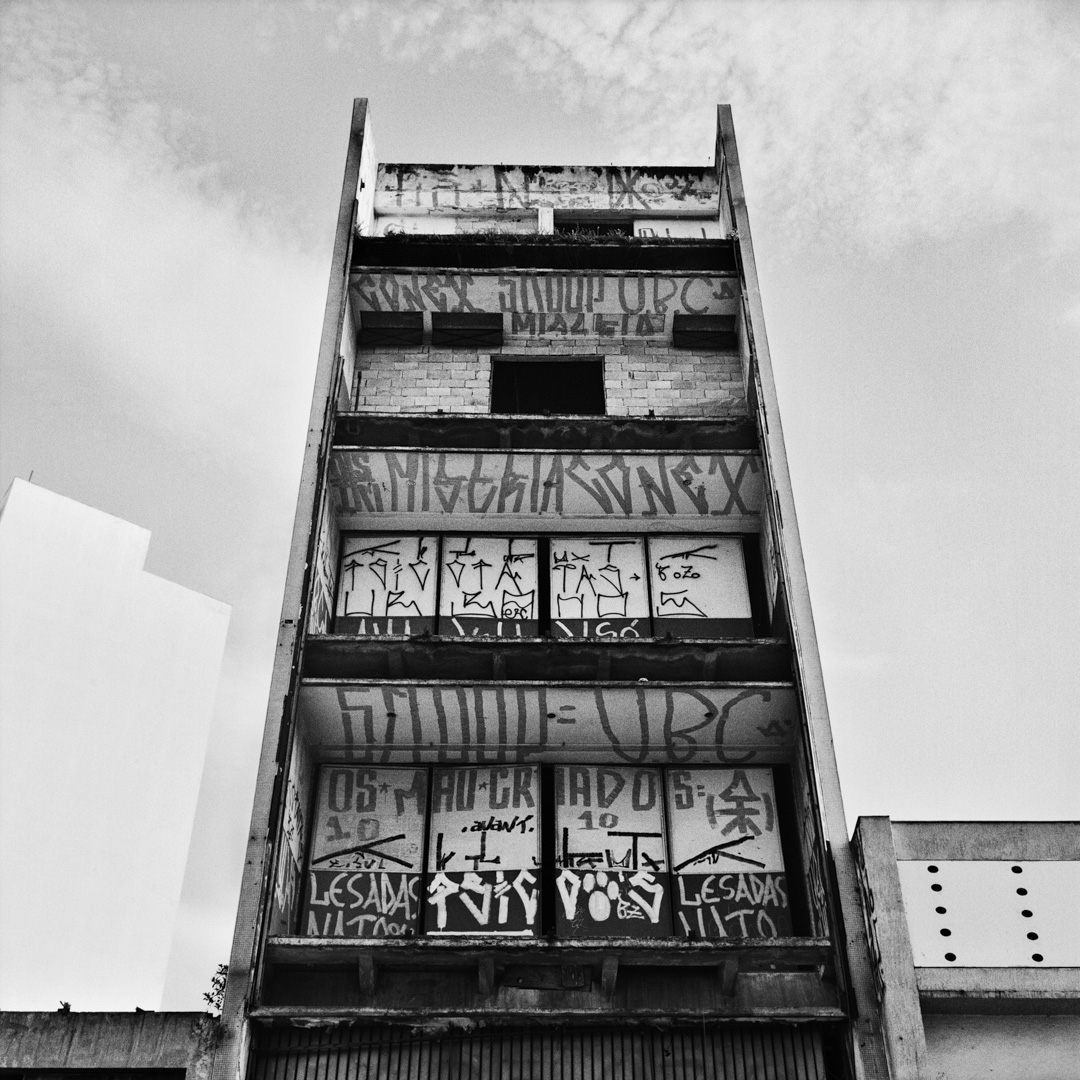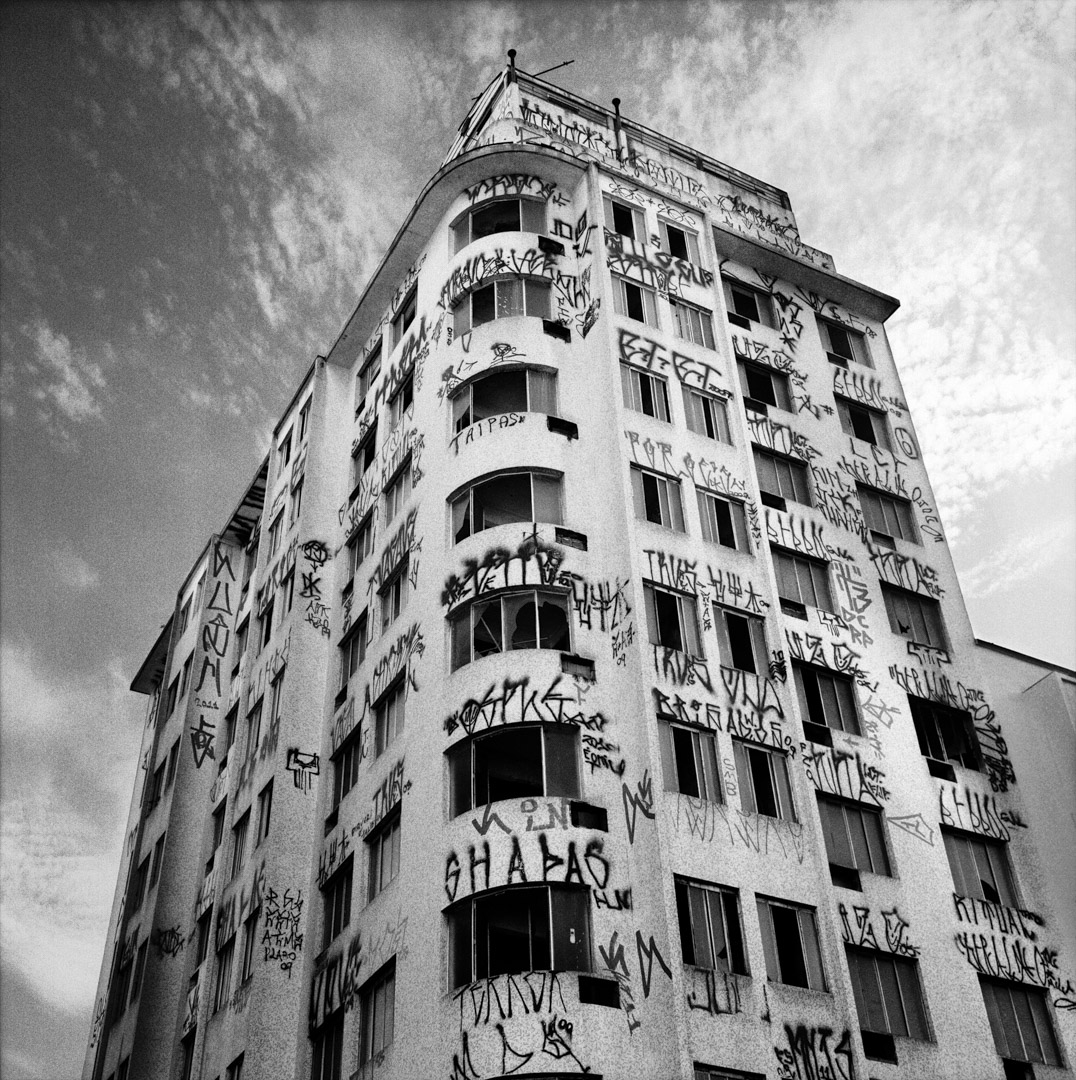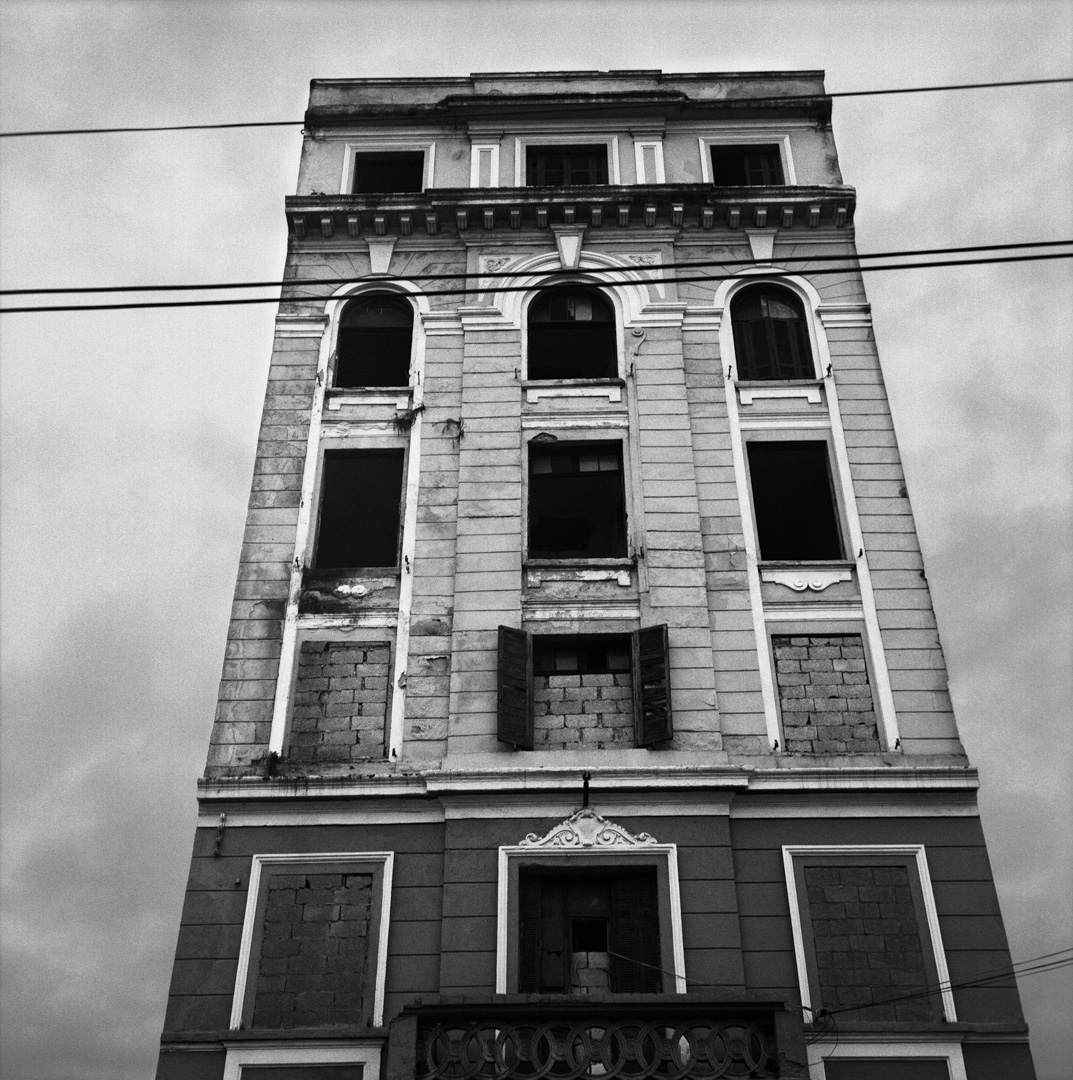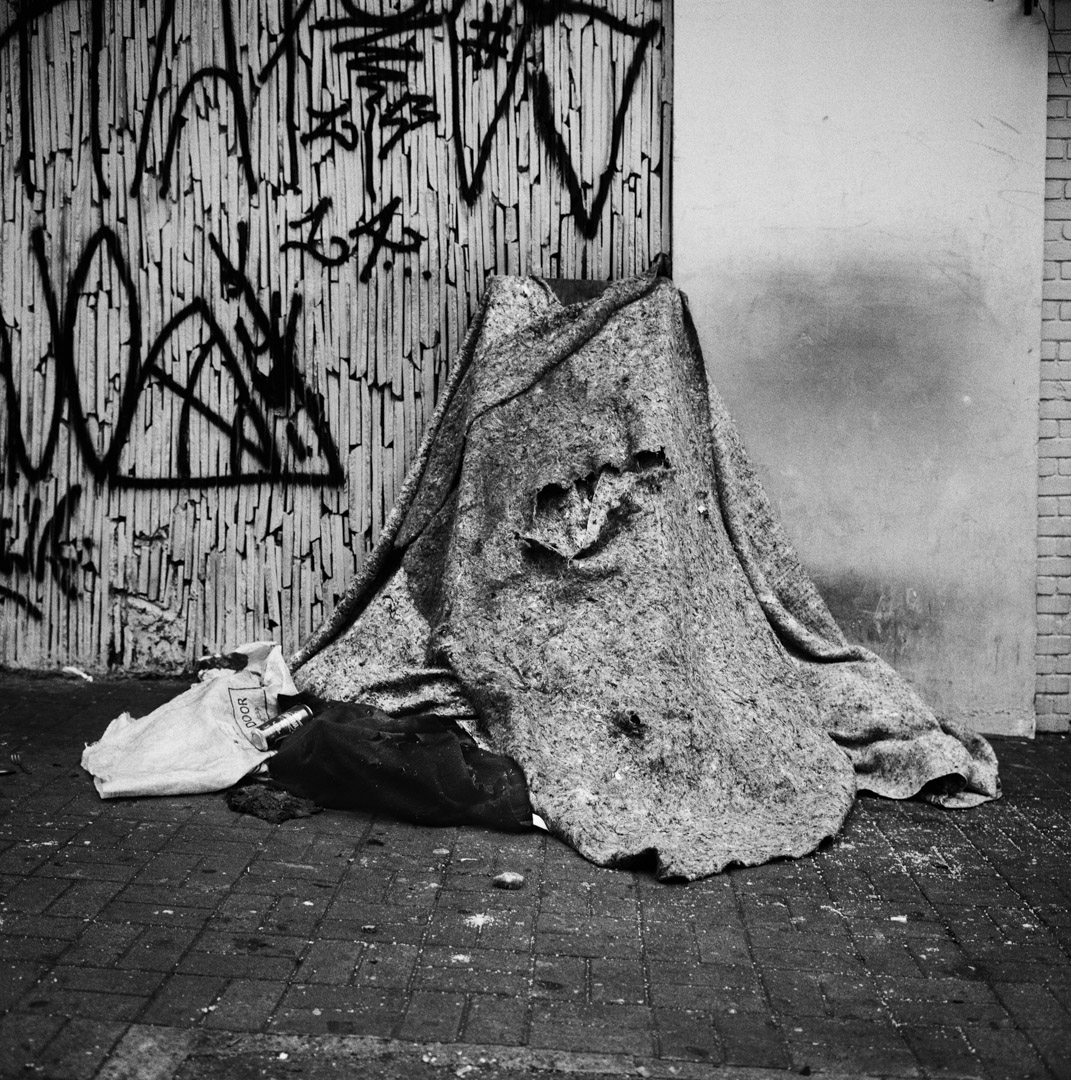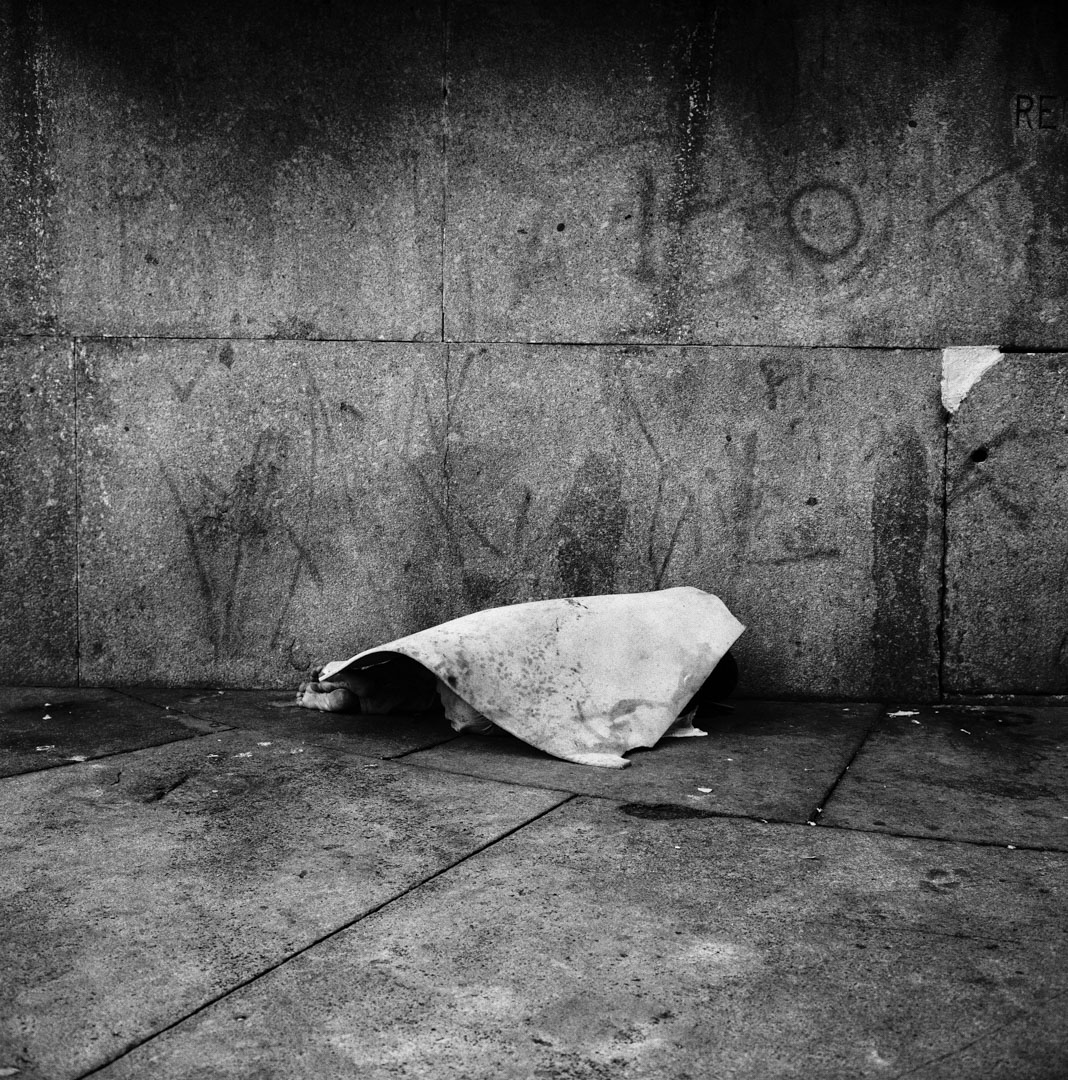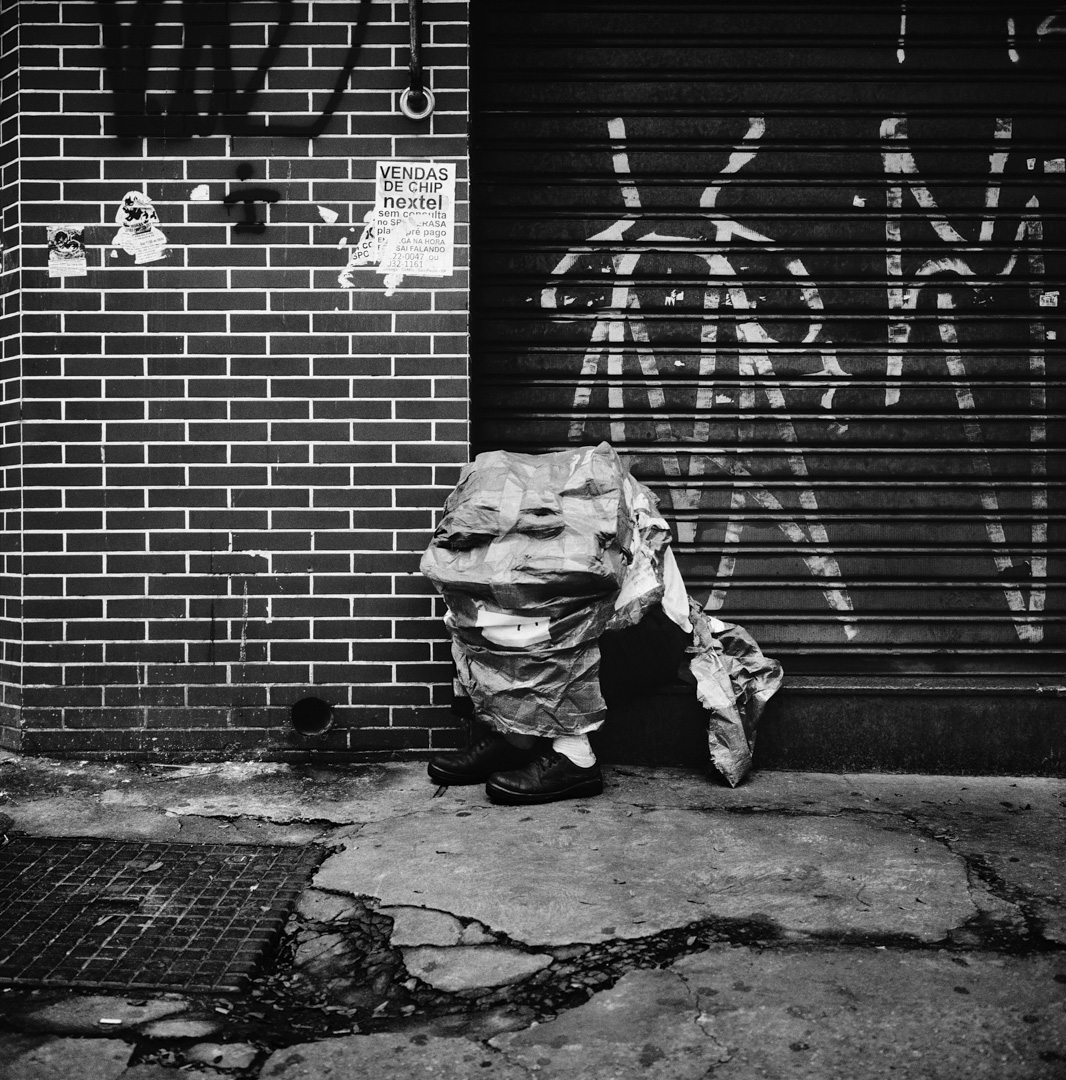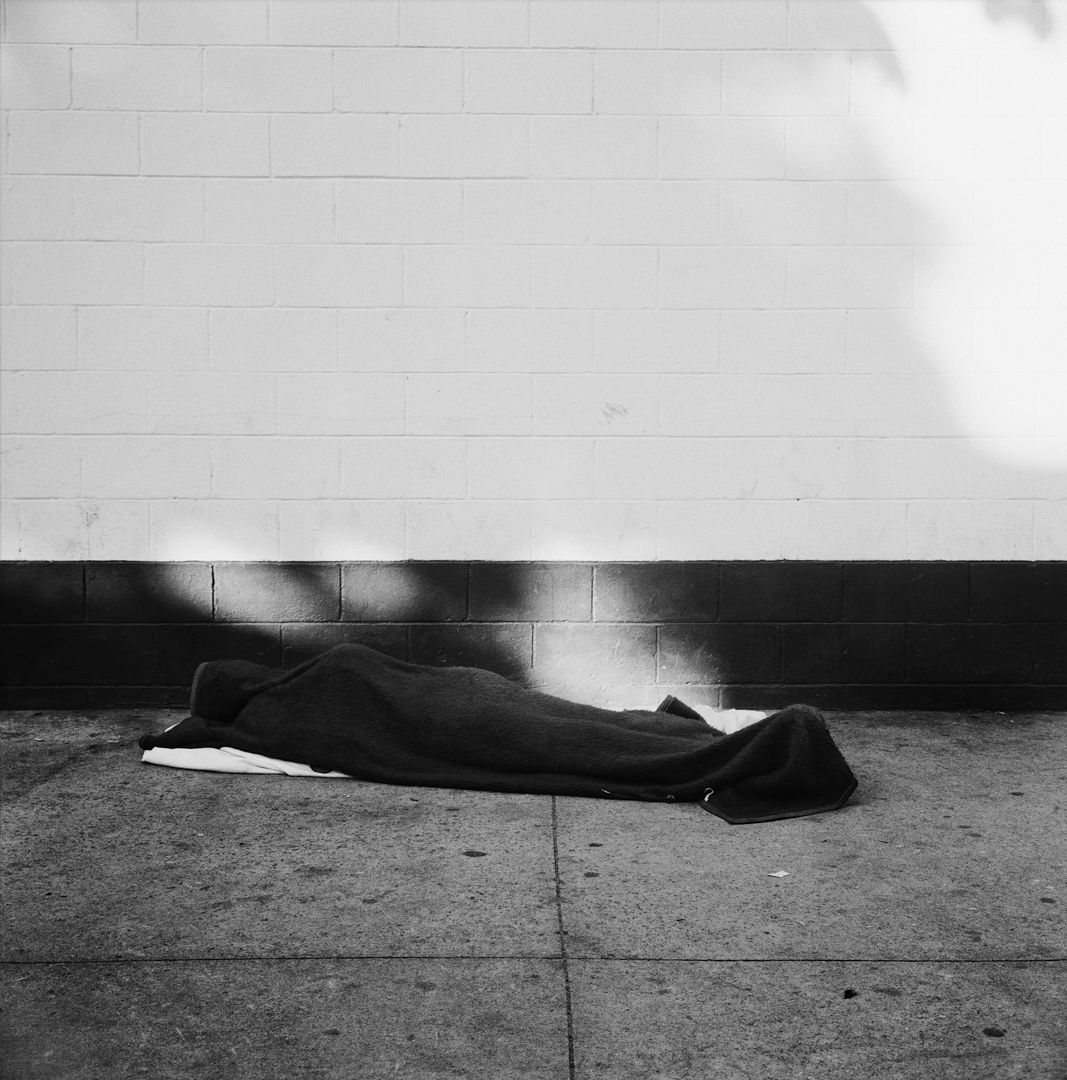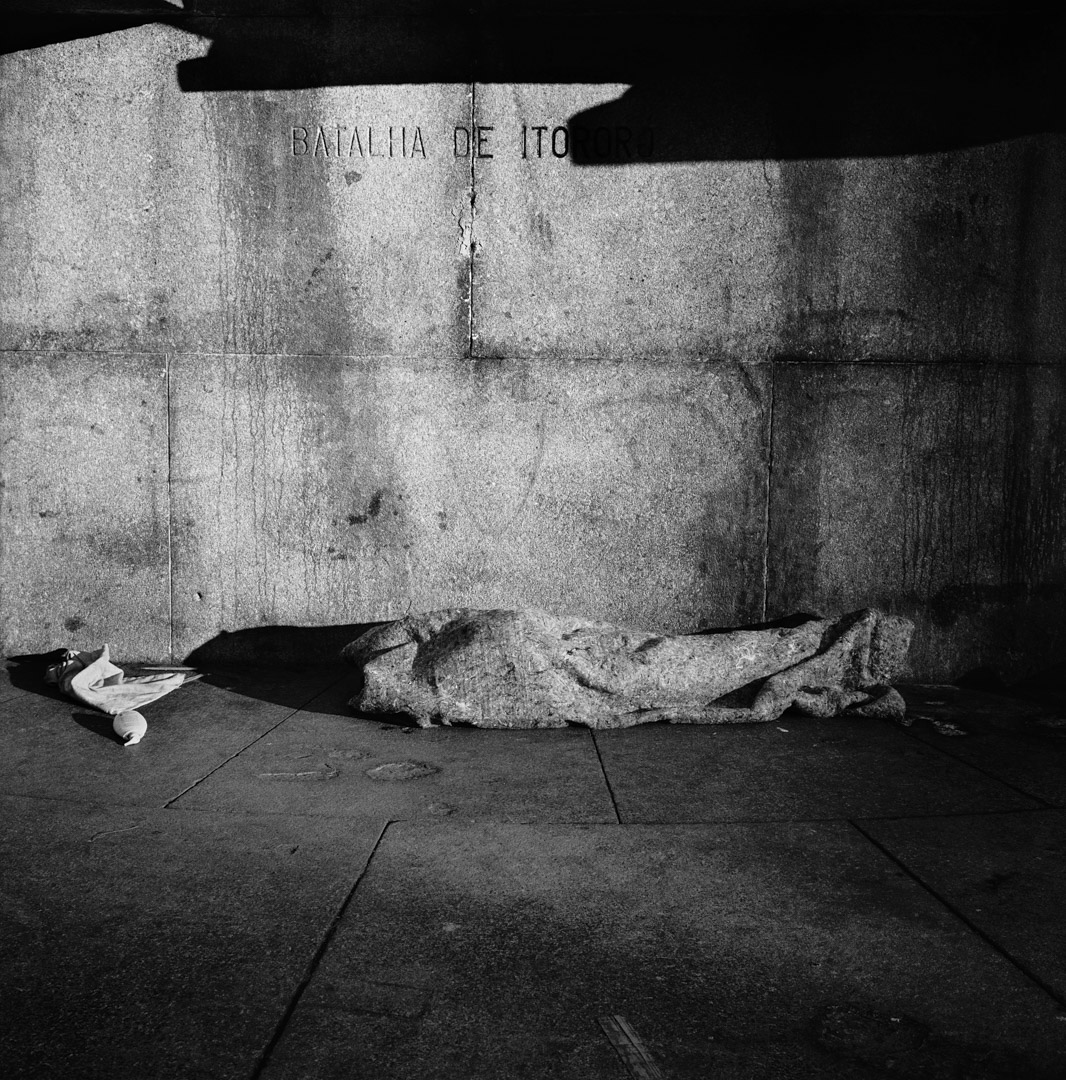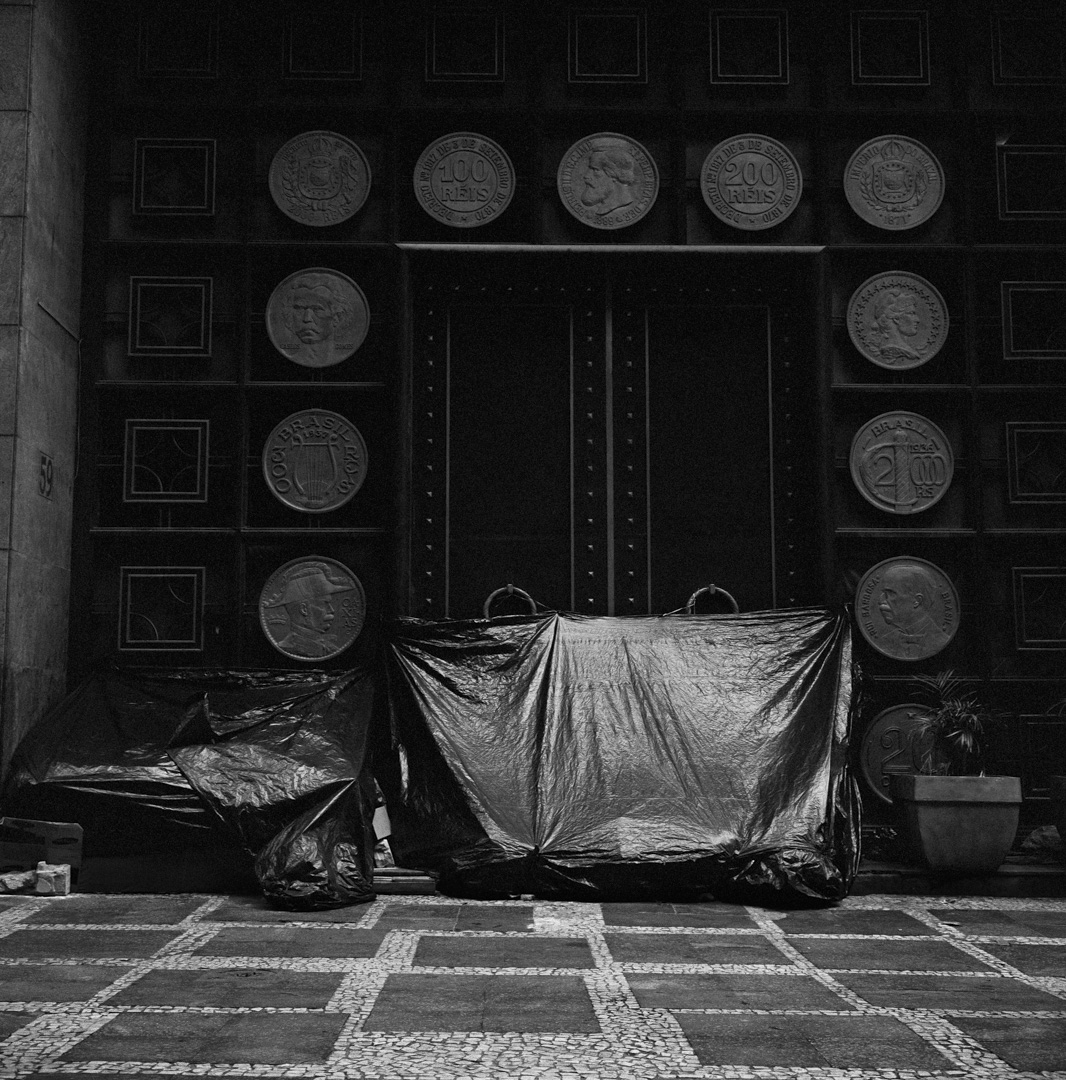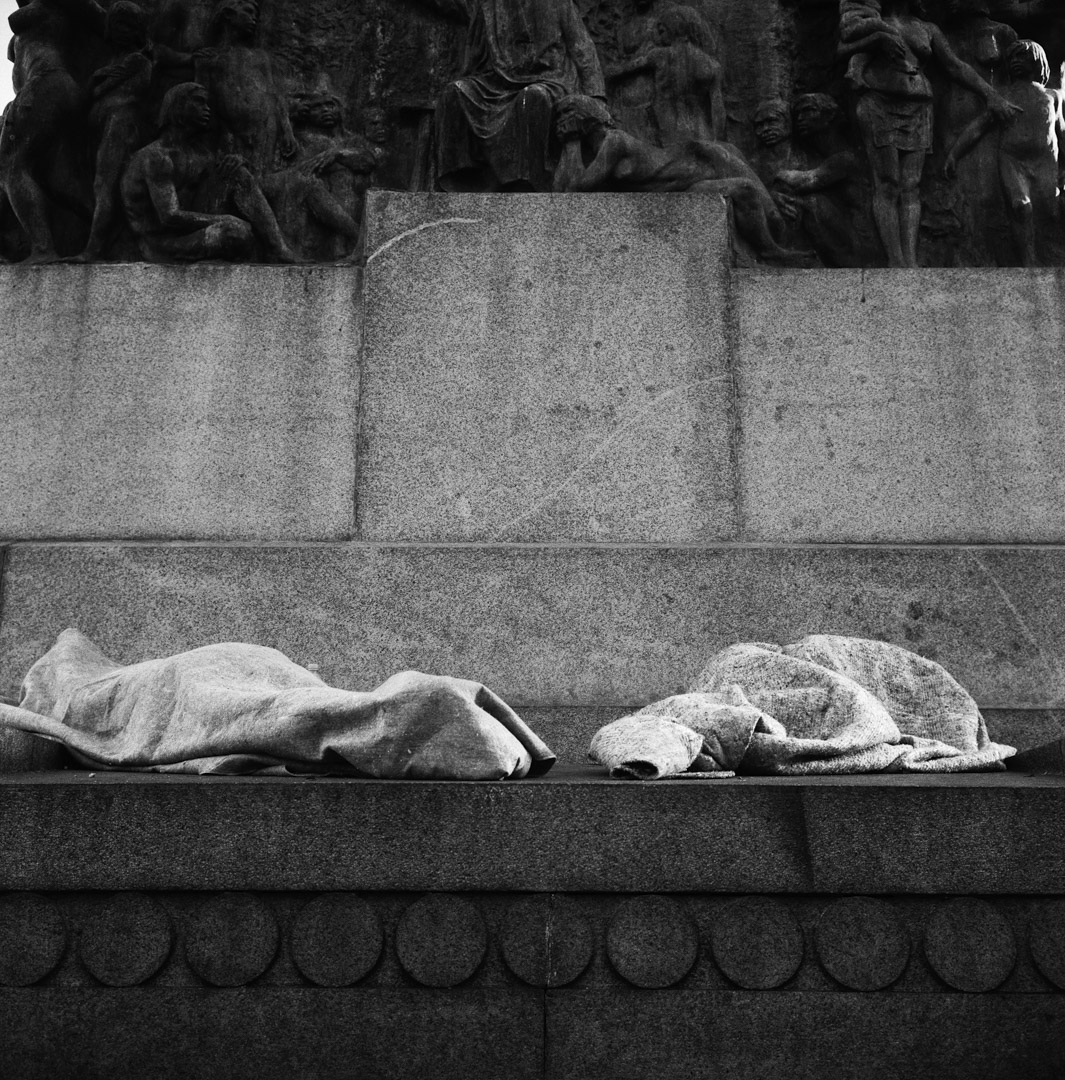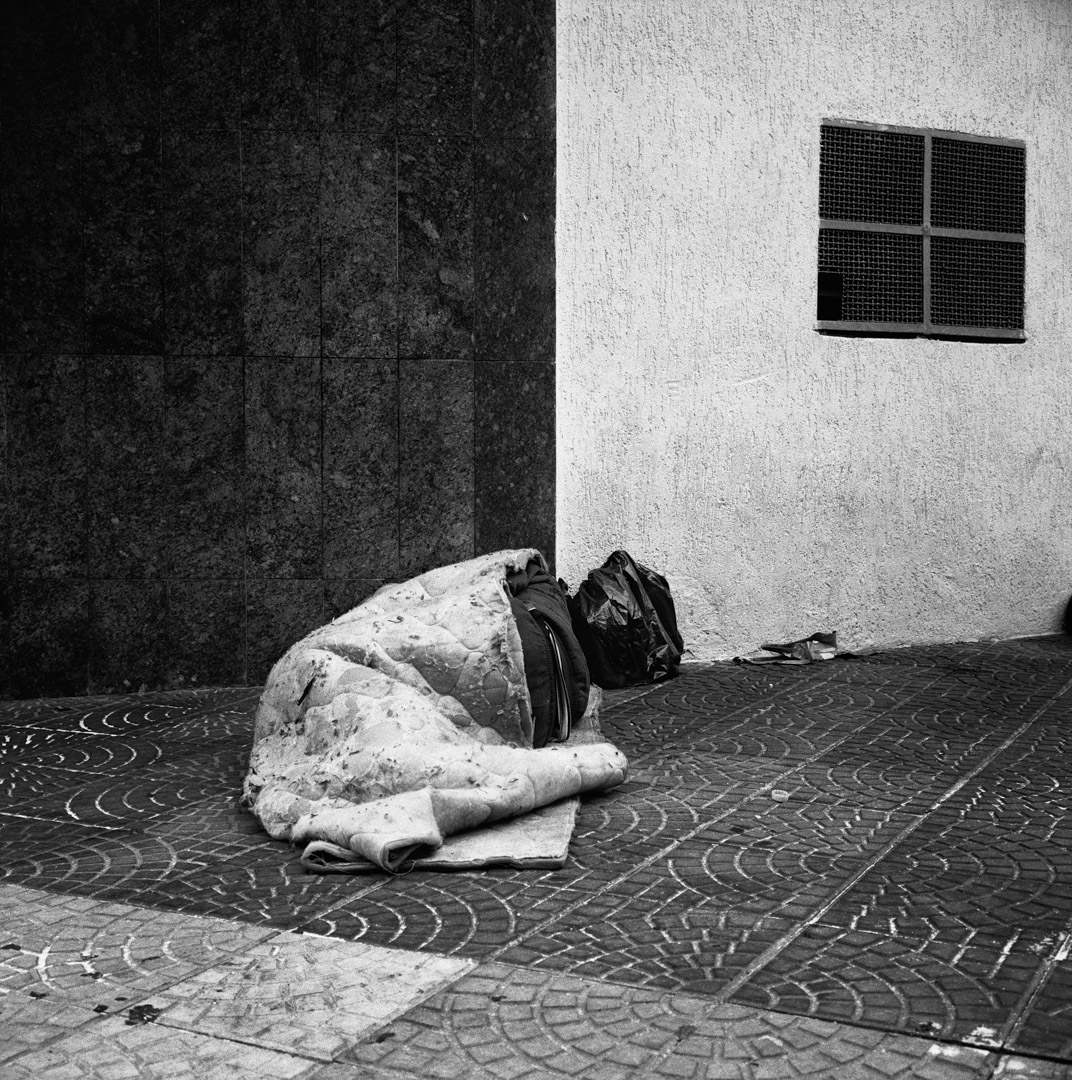Brésils – Sao Paulo, 2008-2011
It is impossible to think of a city without considering its social dimension. Behind its walls yesterday, in its towers today, in its central districts, in its outskirts, in the gaps between the lines of communication, societies are being established, living together as best they can, sometimes clashing with each other, looking for rules and acceptable ways of life, and it is in cities, more than anywhere else, that processes of marginalisation and exclusion take hold. And, as the historical centres become too expensive for the middle classes to live in due to speculative processes, they are emptied of their vital substance and become ghettos. For the photographer whose aim is to explore and try to understand the contemporary world, the city is an unparalleled field of experience.
It is within this framework that we should approach the photographic survey conducted over more than a year in Sao Paulo by Ludovic Carême, a French photographer who chose this city as a city of adoption. He focused his gaze on a small favela, Agua Branca, and, in an approach radically inscribed in the tradition and aesthetics of documentary photography, he simply invites us to observe.
Agua Branca is not a spectacular favela and has nothing to do with the sometimes venomous beauty of the buildings that climb the hills of Rio. Agua Branca is simply a chaotic interweaving of wooden constructions overlooking open sewers – an undeniable additional violence – in which a few hundred people are trying to survive. Poor and marginalised families, many young people, many children, a lot of humanity as well, and as many daily dramas and permanent despair.
Ludovic Carême has been able – and he was able to do so thanks to Brito’s mediation – to penetrate the community, gain its trust and work with sobriety. No anecdote, no anecdote, no anecdotal evidence to show the fragility of the buildings and their brutal destruction during the expulsion – sometimes accompanied by re-housing – of the inhabitants.
Each time I went to Agua Branca, beyond the sadness that invaded me listening to the stories of daily disasters, the vision of the permanent paradox was inscribed in my memory: just a few dozen metres away from the favela, beyond the sewers, a large, well-stocked surface sells building materials, tiles, windows, doors and everything needed to build, improve and decorate a comfortable home.
It’s quite simple, but we must constantly remind ourselves: a favela, above all, is people. Our contemporaries.
Christian Caujolle
